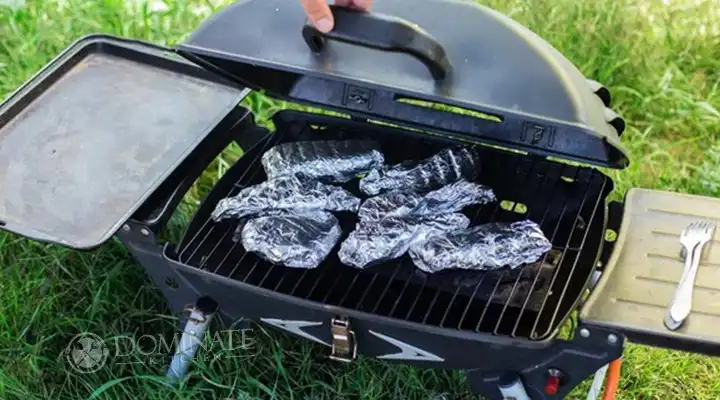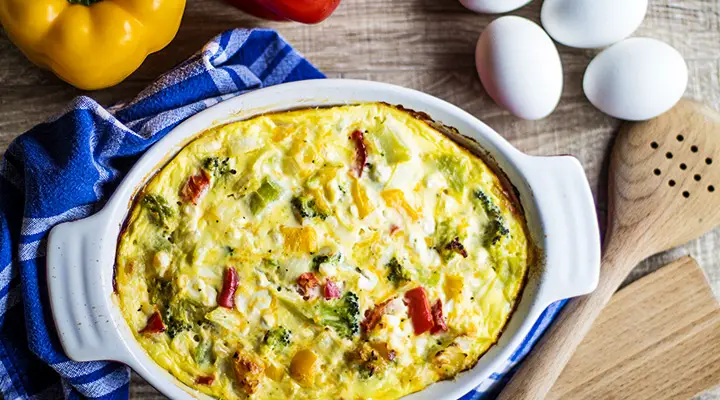How to Cook Boudin Without It Exploding? Boudin Cooking Process
Boudin, the Cajun culinary delight that combines cooked rice, pork, and spices encased in sausage skin, can be a culinary marvel if cooked right. However, its delicate nature makes it prone to explosions if not handled with care. As a boudin enthusiast, I’ve encountered the notorious “boudin burst” a few times, but I’ve also learned a few tricks along the way.
In this article, I will share my experiences, insights, and techniques for cooking boudin without any explosive surprises.
But before we begin, if you don’t want your boudin to explode, don’t let the temperature rise rapidly.

Why Does Boudin Sometimes Explode?
Before diving into the methods of preventing boudin explosions, let’s understand why it happens. Boudin explosions occur when the pressure inside the sausage casing builds up too quickly, leading to a rupture. This pressure can be caused by several factors, including rapid temperature changes and inadequate cooking techniques. Now, let’s explore how to cook boudin without these culinary catastrophes.
Cooking Methods for Perfect Boudin
Simmering: My preferred method for cooking boudin is simmering. It’s all about keeping things gentle and slow. To start, fill a large pot with water, ensuring it covers the boudin entirely. Place the boudin gently into the pot and heat the water until it simmers, not boils. Maintain this gentle simmer, and you’re on the right track. Make use of a meat thermometer to check when the internal temperature of the boudin reaches 165°F (74°C), ensuring it’s cooked through.
Pricking the Casing: Before cooking, I often lightly prick the boudin casing with a fork. This serves as a pressure release mechanism, helping to prevent unexpected bursts during the cooking process. Be gentle with this step to avoid damaging the casing too much.
Steaming: An alternative to simmering is steaming boudin. You can use a dedicated steamer or a steamer basket over simmering water. Steaming is a gentler cooking method and can reduce the chances of bursting. It also retains the flavors and textures beautifully.
Microwaving: In a hurry? The microwave can come to the rescue. However, proceed with caution. Use short bursts, typically 30-second intervals, and check the boudin’s internal temperature to avoid overcooking. This method is ideal for reheating or quick cooking but should be approached carefully.
Avoid Deep Frying: While some people deep-fry boudin for a crispy exterior, it’s riskier in terms of explosions due to the high heat and quick cooking process. If you’re a beginner, it’s better to stick to gentler methods like simmering or steaming.
Other Tips for Boudin Perfection
Let your boudin rest for a few minutes after cooking. This allows the pressure inside to equalize and reduces the chances of bursting when you slice it.
- Be aware that different varieties of boudin may have varying tendencies to burst, depending on their ingredients and casings.
- Experiment with different methods and find what works best for your preferred boudin type.
- Adding a pinch of salt to the simmering water can enhance the flavor of the boudin.
- Don’t forget to accompany your boudin with classic sides like coleslaw, pickles, and hot sauce to enhance the experience.
Can I cook boudin in the oven?
Yes, you can bake boudin in the oven. Preheat the oven to 350°F (175°C), place the boudin on a baking sheet, and cook for about 30-40 minutes or until it reaches an internal temperature of 165°F (74°C).
How can I tell if boudin is done cooking?
Use a meat thermometer to ensure the internal temperature of the boudin reaches 165°F (74°C). This guarantees it’s cooked through and safe to eat.
Are there vegetarian or vegan alternatives to boudin?
Yes, you can find vegetarian and vegan versions of boudin that use plant-based ingredients instead of pork.
To Conclude
Cooking boudin without it exploding requires a delicate touch and a bit of patience. By using the right cooking method, pricking the casing, and following these tips, you can savor the flavors of this Cajun classic without any unexpected surprises. So, let’s get cooking and master the art of boudin!







